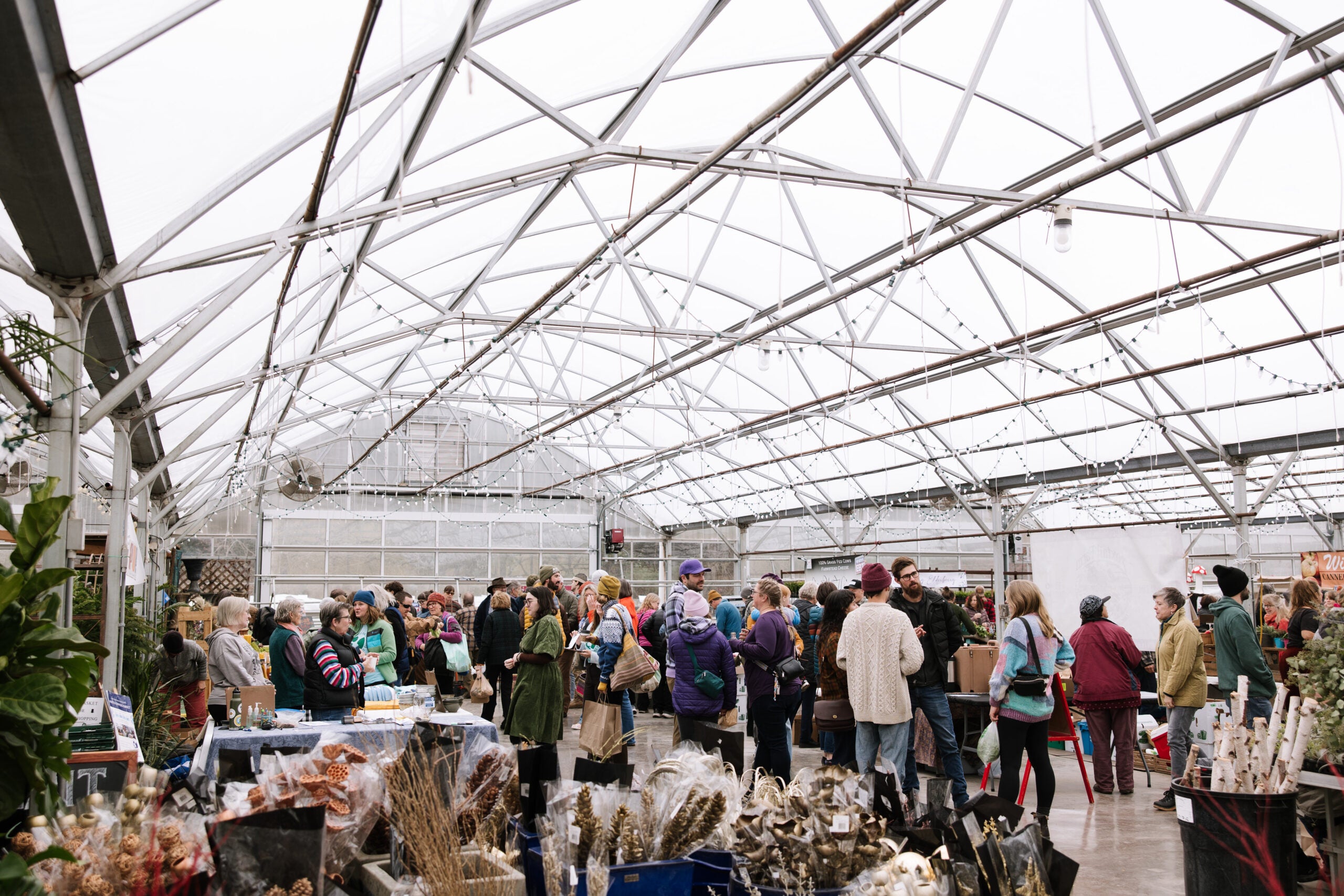Wisconsin farmers spent about 8 percent more on expenses in 2021 than the previous year, according to the latest data from the National Agricultural Statistics Service.
The report found the average Wisconsin farmer spent $181,591 in expenses last year. Farmers reported spending more in almost every expense category.
Steve Deller, ag economics professor at the University of Wisconsin-Madison, said agriculture experienced the same supply chain issues that almost every industry faced in 2021.
News with a little more humanity
WPR’s “Wisconsin Today” newsletter keeps you connected to the state you love without feeling overwhelmed. No paywall. No agenda. No corporate filter.
“A lot of the stuff that farmers need to operate were in very low supply. So essentially it’s more expensive for farmers to operate,” Deller said. “It’s like any business. You know, I need to buy a new piece of equipment, but I can’t find it and prices go up.”
But Deller said farmers also brought in more cash in 2021 because of pandemic-related relief programs, which meant they could afford to spend more in some categories.
That includes miscellaneous capital expenses, which saw the largest spending increase in 2021. Farmers reported spending 80 percent more in this category than in 2020. Deller said that could include anything from a new computer system to smaller equipment for use around the farm.
Spending on trucks and other vehicles was up 39 percent from the previous year, at $2,496 on average per farm. The average farm spent about 40 percent more in this category than the average in 2020.
Farmers also spent 33 percent more on tractors and related machinery last year. Just over 14 percent of farms reported spending on tractors in both 2020 and 2021. But the average farm spent 34 percent more on the machinery in 2021 compared to the previous year.
Deller said just like in the market for consumer vehicles, slow-downs in manufacturing because of COVID-19 meant there were fewer trucks and tractors available for purchase and prices were higher.
But he said some farmers chose to move forward with these purchases in 2021 despite the higher prices.
“When you start to see some of the supply chain issues going away, we’re starting to see more material, vehicles, tractors, that are available for sale at really low interest rates. So, you know, farmers are basically replacing some equipment,” Deller said.
Only three expenses saw a decline in spending in 2021. Spending on interest was 7 percent lower than the previous year. Deller said this decline is likely due to farmers refinancing their debt to take advantage of lower interest rates brought on by the COVID-19 pandemic.
Recent surveys of agricultural bankers have also found that farmers are better managing debt than in previous years, thanks to higher commodity prices and payments through relief programs from the federal government.
Spending on land rents was down by almost 5 percent last year. Around 9 percent fewer farms reported spending on rent in 2021 than the previous year.
Livestock feed expenses also declined by 2 percent in 2021. It was still the highest single expense reported by farmers, making up 19 percent of total farm expenses. Deller said the decline in spending is likely a ripple effect from dairy farmers choosing to cull cows in 2020 when the pandemic created uncertainty around future demand for dairy.
Deller said next year’s report will likely look very different, with higher costs for fuel and ag chemicals like fertilizers because of Russia’s invasion of Ukraine. He said that could also cause farmers to cut back on spending in other areas.
Wisconsin Public Radio, © Copyright 2026, Board of Regents of the University of Wisconsin System and Wisconsin Educational Communications Board.





